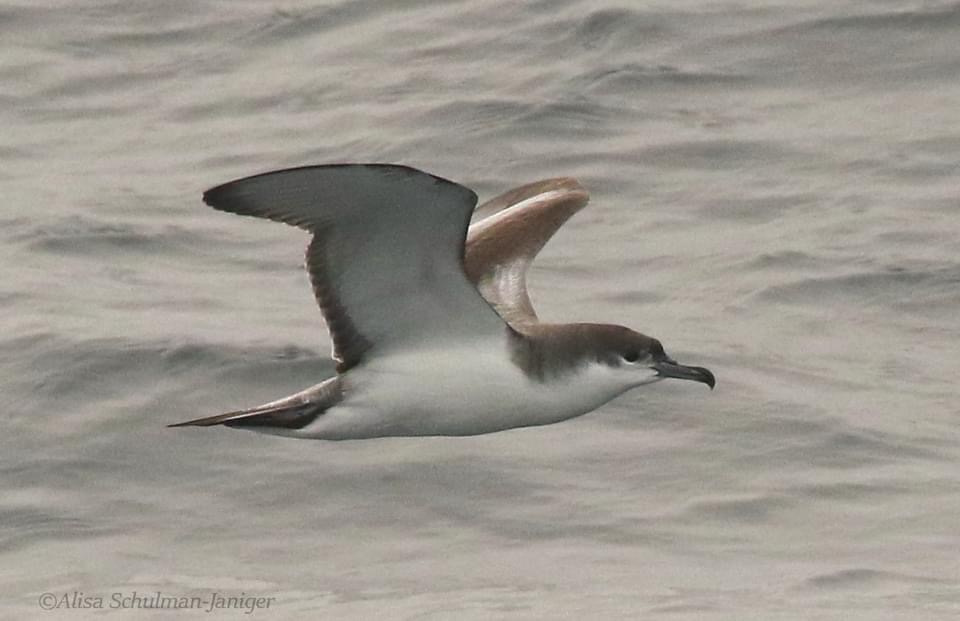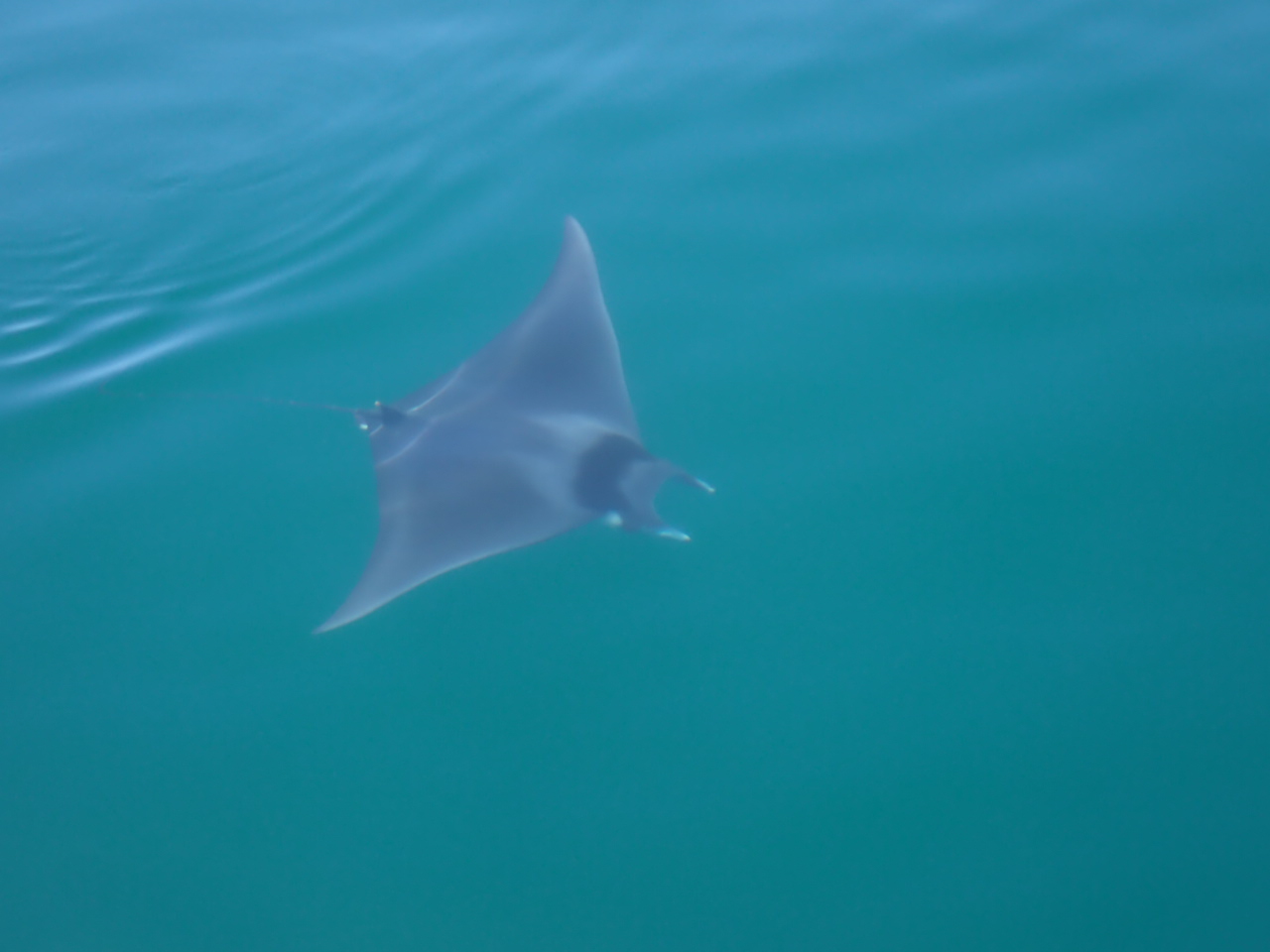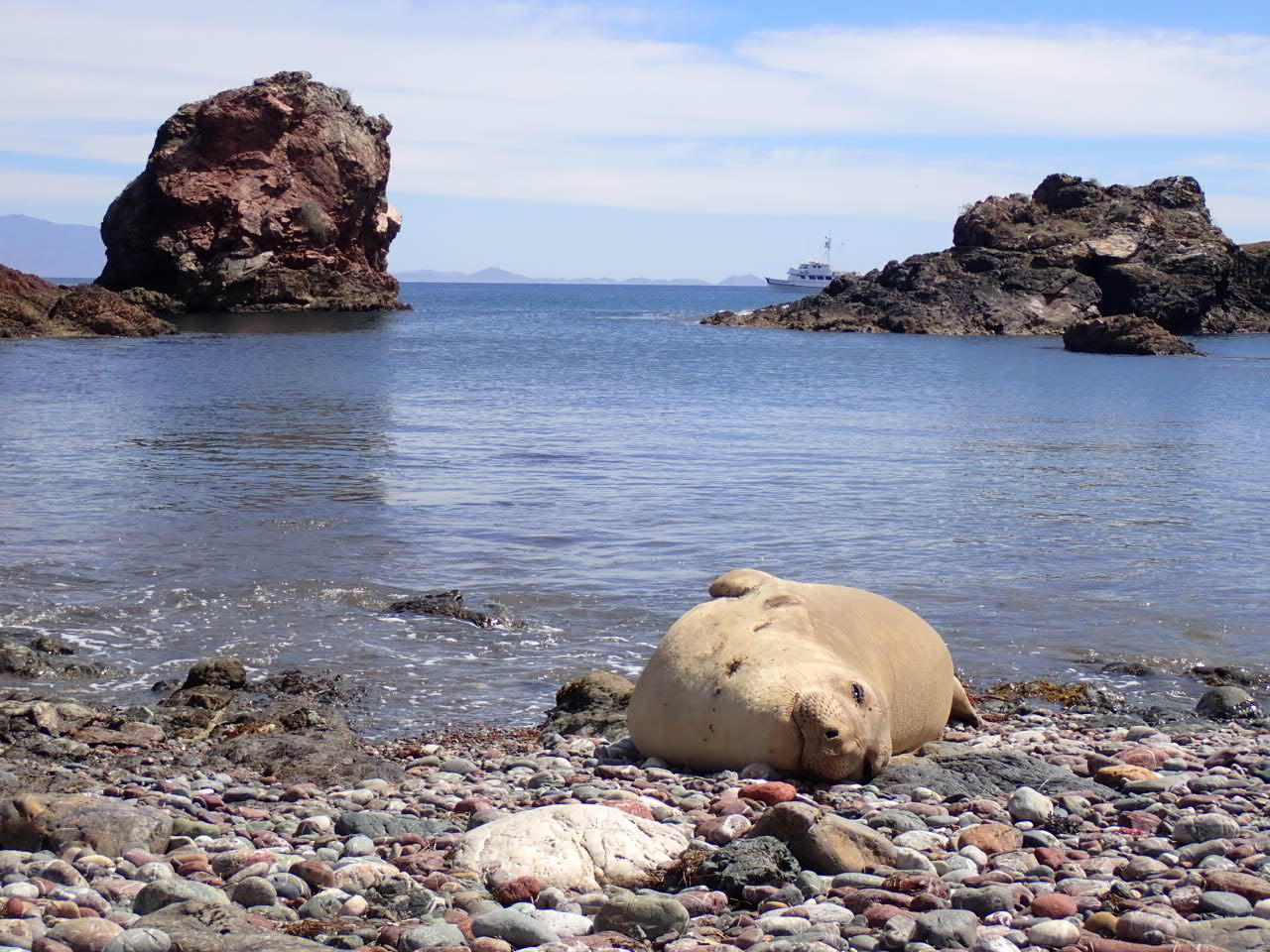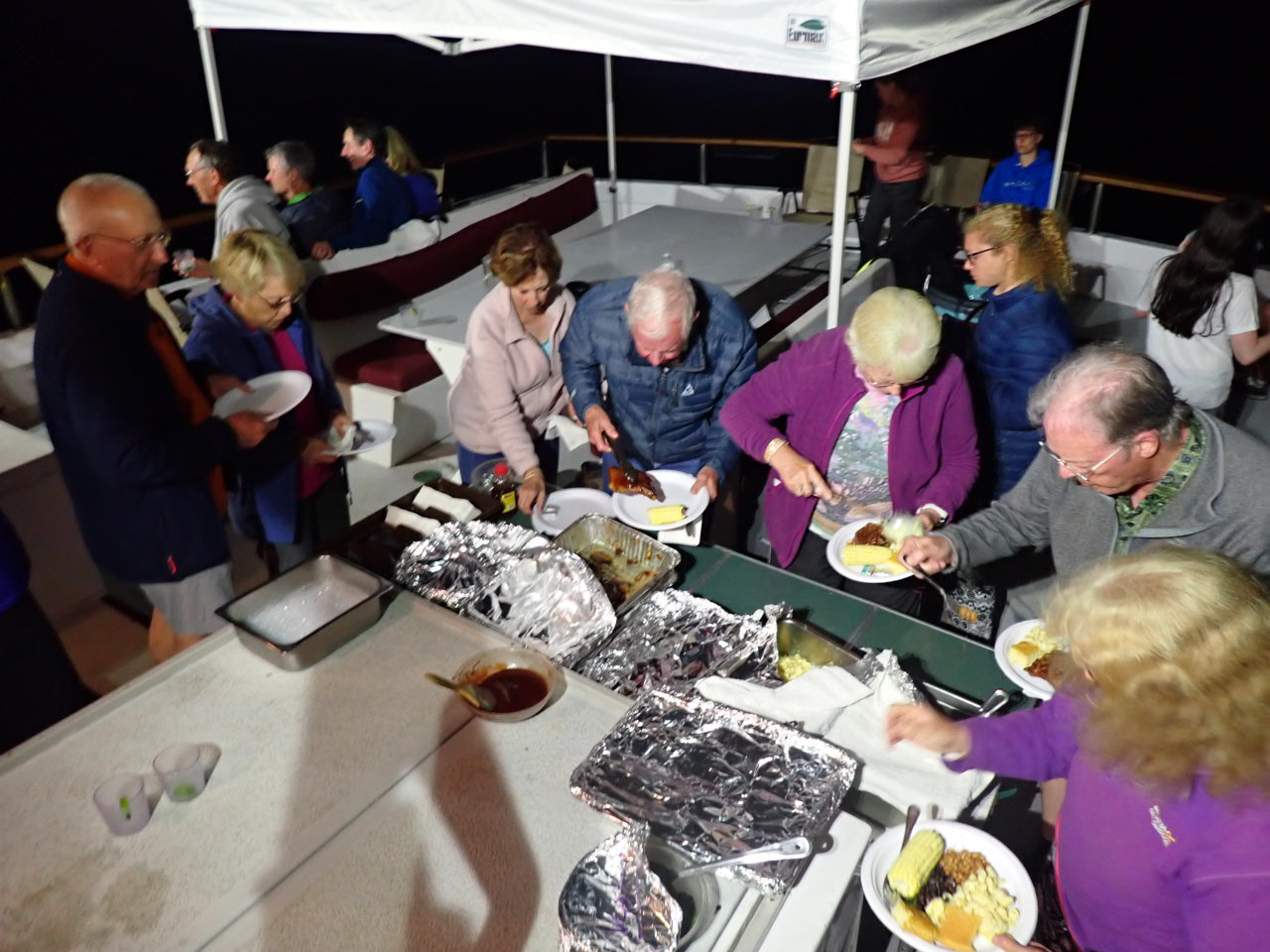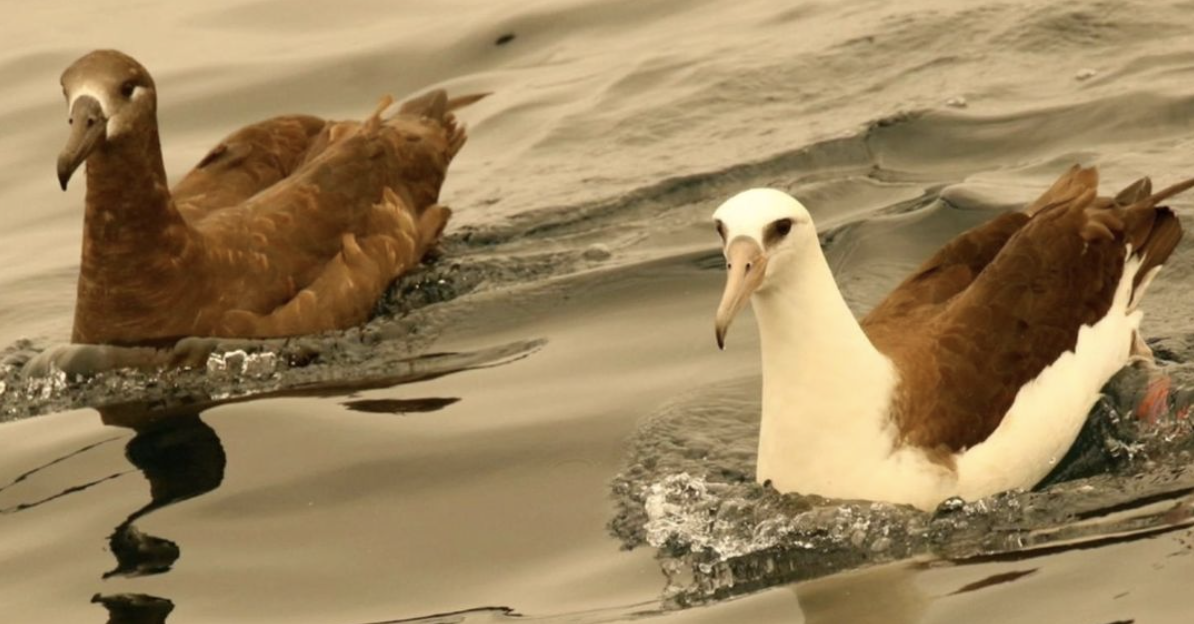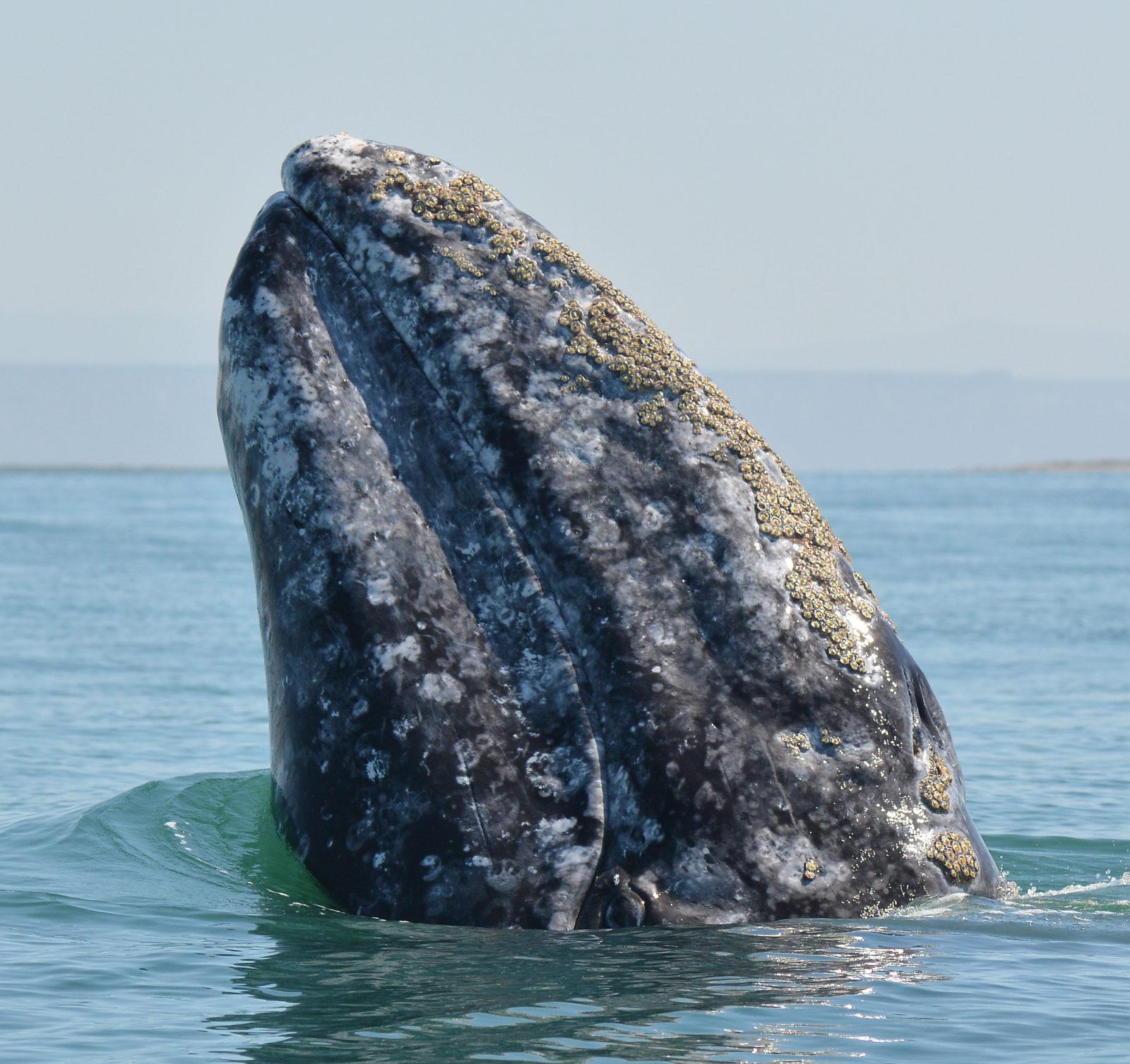Pelagic Birding Tour Trip Report Sep 4-7, 2003
September 4-7, 2003
This trip was our first to take place in late summer/early fall, and as such
was very much an exploratory effort. We decided to take three days and search
the area around the Cortez Bank, which lies 110 miles due west of San Diego,
California, and then continue out into deeper water to the south and west. While
the absolute number of birds wasn’t high, we did get two extraordinary
sightings (Bulwer’s Petrel and Red-tailed Tropicbird), as well as good looks
at some of the more expected late-summer species.
| SPECIES | 4th | 5th | 6th | Totals | ||
| Black-footed Albatross | 0 | 0 | 1 | 1 | ||
| Bulwer’s Petrel | 1 | 0 | 0 | 1 | ||
| Black-vented Shearwater | 1 | 0 | 0 | 1 | ||
| Sooty Shearwater | 3 | 0 | 0 | 3 | ||
| Pink-footed Shearwater | 45 | 2 | 0 | 50 | ||
| Shearwater sp. | 0 | 0 | 1 | 1 | ||
| Leach’s Storm-petrel | 0 | 50 | 125 | 175 | ||
| Black Storm-petrel | 40 | 8 | 8 | 56 | ||
| Least Storm-petrel | 2 | 0 | 2 | 4 | ||
| Red-billed Tropicbird | 0 | 4 | 6 | 10 | ||
| Red-tailed Tropicbird | 0 | 0 | 1 | 1 | ||
| Brown Pelican | 1 | 0 | 0 | 1 | ||
| Red-necked Phalarope | 20 | 20 | 0 | 40 | ||
| Red Phalarope | 8 | 80 | 60 | 148 | ||
| Least Sandpiper | 0 | 1 | 0 | 1 | ||
| Western Gull | 100 | 80 | 5 | 185 | ||
| Heermann’s Gull | 10 | 0 | 0 | 10 | ||
| Sabine’s Gull | 0 | 3 | 1 | 4 | ||
| Whimbrel | 8 | 0 | 0 | 8 | ||
| Forster’s Tern | 1 | 0 | 0 | 1 | ||
| Common Tern | 100 | 1 | 0 | 101 | ||
| Arctic Tern | 12 | 0 | 0 | 12 | ||
| Royal Tern | 10 | 0 | 0 | 10 | ||
| Elegant Tern | 25 | 0 | 0 | 25 | ||
| Long-tailed Jaeger | 1 | 3 | 1 | 5 | ||
| Parasitic Jaeger | 8 | 1 | 0 | 9 | ||
| Pomarine Jaeger | 15 | 4 | 1 | 20 | ||
| Vaux’s Swift | 0 | 0 | 1 | 1 | ||
| Others | ||||||
| Blue Whale | 6 | 2 | 0 | 8 | ||
| Sperm Whale | 2 | 0 | 0 | 2 | ||
| Baird’s Beaked Whale | 0 | 20 | 0 | 20 | ||
| Long-beaked Common Dolphin | 60 | 0 | 0 | 60 | ||
| Short-beaked Common Dolphin | 200 | 0 | 0 | 200 | ||
| Harbor Seal | 1 | 0 | 0 | 1 | ||
| Mako Shark | 1 | 0 | 0 | 1 | ||
| Blue Shark | 0 | 1 | 0 | 1 | ||
| Mola Mola (Ocean Sunfish) | 20 | 30 | 0 | 50 | ||
| Albacore | 0 | 2 | 2 | 4 | ||
| Shipjack Tuna | 0 | 2 | 12 | 14 | ||
| Yellowtail | 0 | 0 | 1 | 1 | ||

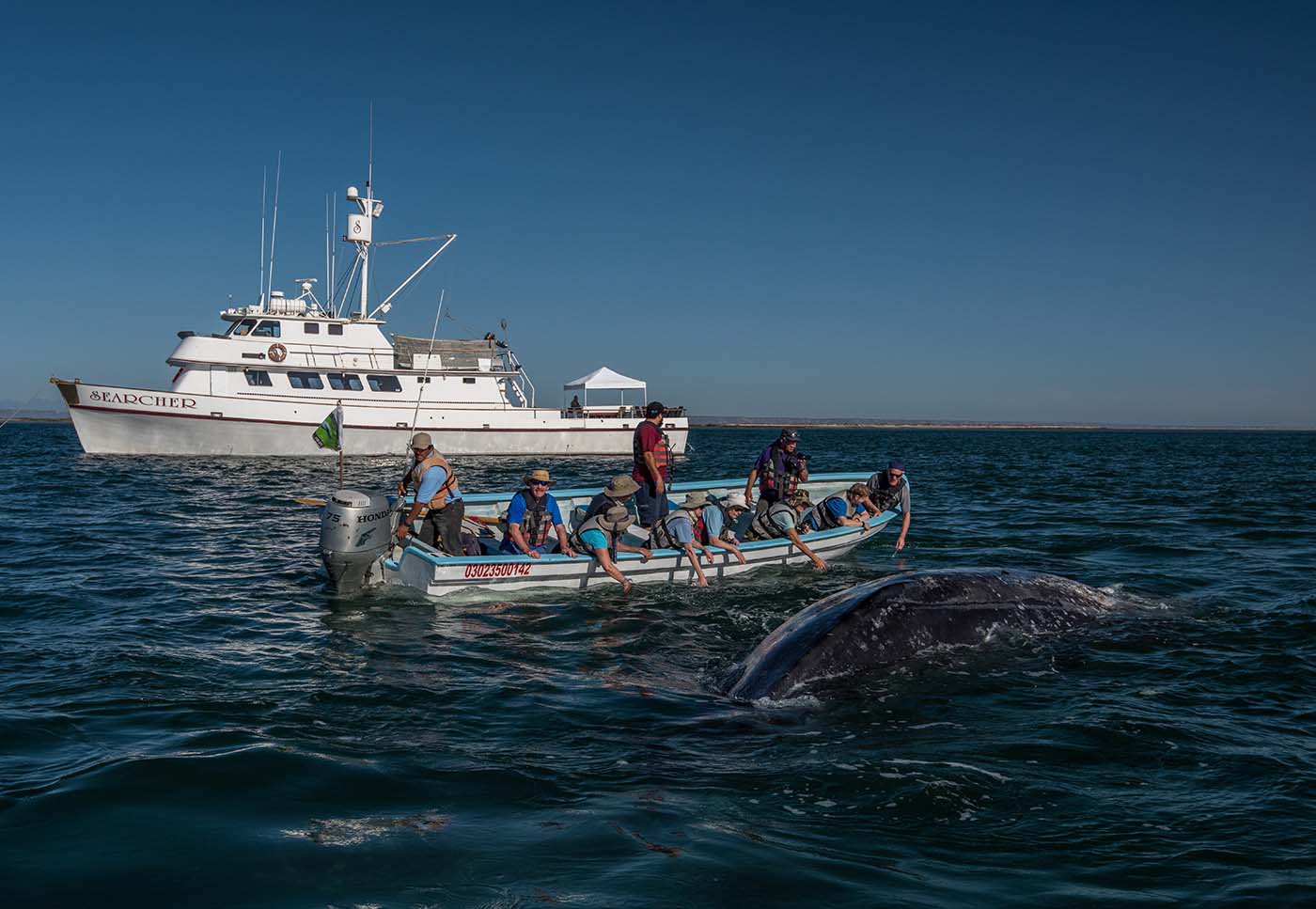










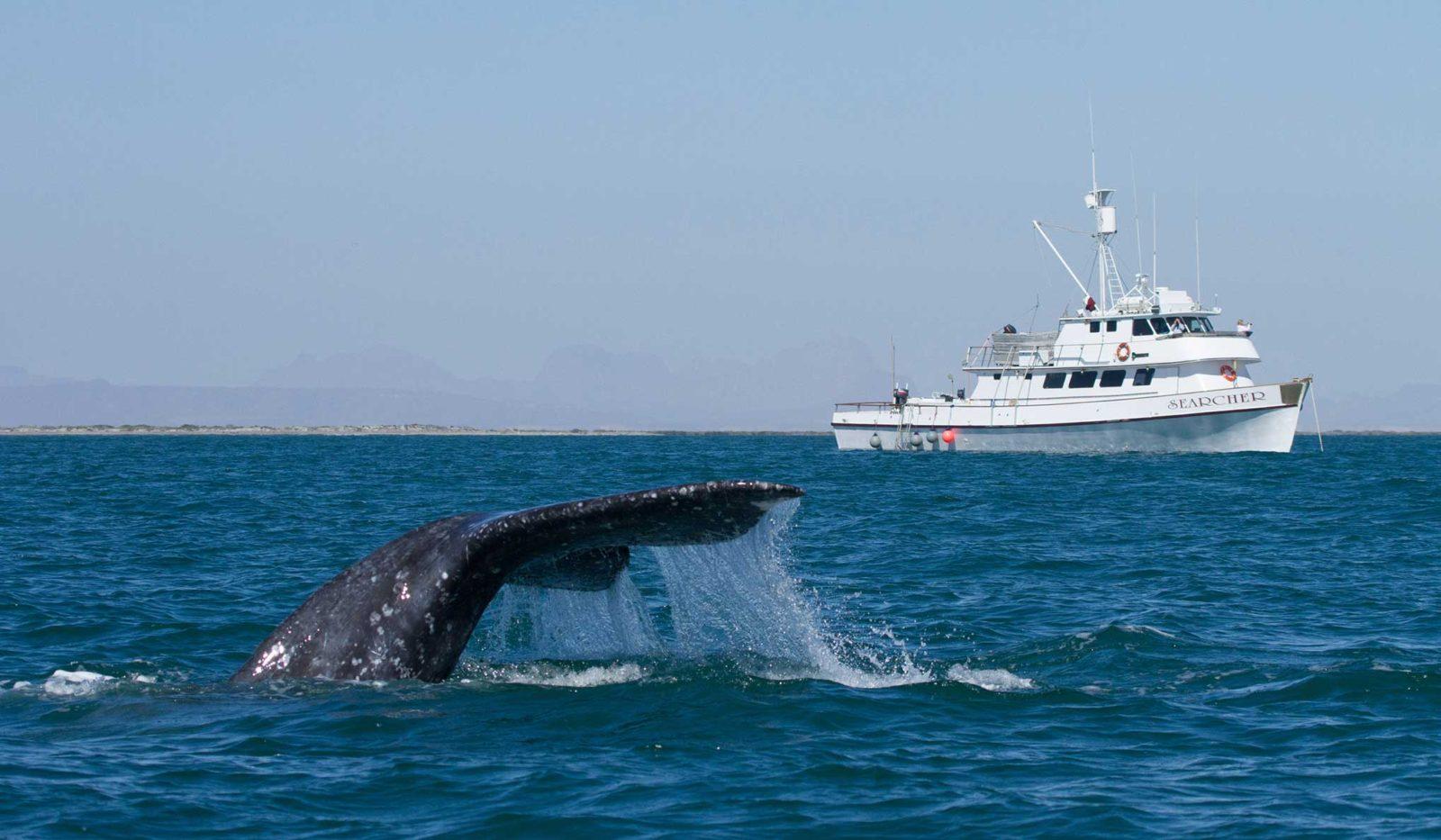
 Departing from San Diego, California
Departing from San Diego, California











 Isla San Francisco
Isla San Francisco













